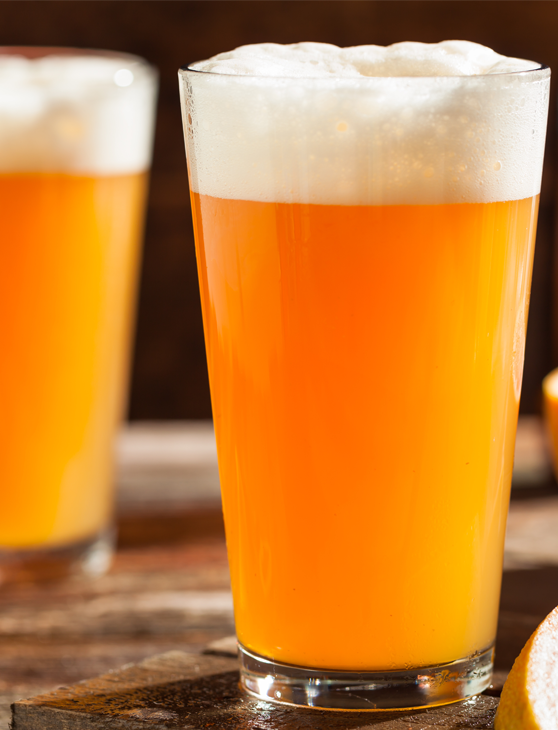
The traditional “kettle souring” method for producing involves using Lactobacillus to acidify the wort during the brewing process. Kettle souring involves pitching live cultures of bacteria to acidify the wort before continuing with the brewing process.
There are several problems that can occur during the souring phase that can quickly ruin the batch if the brewer is not careful. For starters, lactic fermentation can produce unpredictable results if the temperature and fermentation time are not strictly controlled. The bacteria can also spread easily in the warm, moist brewing environment, which may unintentionally spoil other non-sour batches.
The additional time required to sour the wort is also a disadvantage for some brewers given the public’s increasing demands for new beers on tap at the local brewhouse. For the best of both worlds – a sour beer that can be produced quickly and without the risk of live bacteria cultures in the brewery, many brewers are turning to sour blends.
